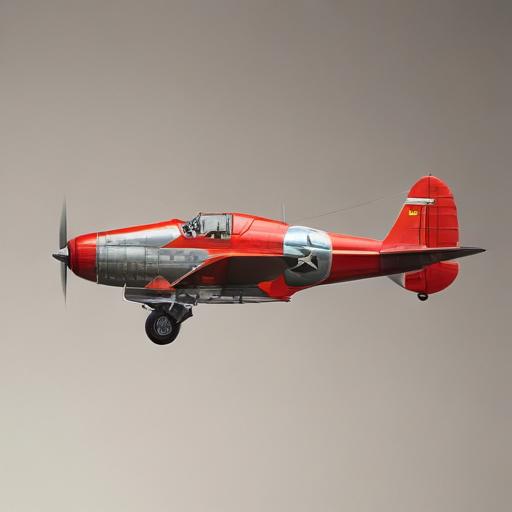National Aviation Day: From myth to Mars, a century-spanning flight of human imagination
National Aviation Day on August 19 is a tribute to the power of flight and to the people who turned dream into reality. The story of aviation begins long before runways and air traffic control, with humanity’s oldest impulses: to explore, to escape, and to push beyond our limits.
Long before airplanes, myths and legends framed flight as a symbol of freedom, power, and the lure of the impossible. The Greek tale of Icarus and Daedalus warns that soaring too high can have dire consequences, a caution that underscored the careful pursuit of flight for centuries. Across Asia, civilizations in India and China imagined skyward transport through kites and fantastical sky vehicles, weaving the dream of flight into culture and imagination.
In the 15th and 16th centuries, there were attempts to imitate birds with flapping machines, and even Leonardo da Vinci sketched intricate flying devices inspired by bird anatomy. Yet it wasn’t until the 17th century that scientists began to understand the limits of human flight and the need for a new approach beyond flapping wings. This shift paved the way for the lighter-than-air era: hot-air balloons rose above towns and countrysides in the late 1700s and early 1800s, offering majestic views but little control.
The modern science of flight began in earnest in the early 1800s with Sir George Cayley, often called the father of aviation. Cayley identified lift, drag, and thrust and built gliders that could carry people short distances, laying the groundwork for aerodynamics as a discipline and proving that powered flight would be possible.
Then, in 1903, Orville and Wilbur Wright took a decisive step forward. Their aircraft managed a controlled, powered flight of 120 feet in 12 seconds, a moment that changed the trajectory of history and confirmed that human beings could fly with purpose and precision.
By the mid-20th century, the world entered the jet age, with faster, more reliable air travel transforming how we connect across oceans and continents. Space exploration followed, and in 1969 humanity achieved a monumental milestone by walking on the moon.
Today, in 2025, the aviation landscape has expanded beyond traditional aircraft to embrace reusable rockets, opening new possibilities for space travel and missions to Mars. Everyday flights carry millions, while engineers continue to innovate toward safer, greener, and more efficient air travel—an ongoing pursuit rooted in curiosity, science, and perseverance.
National Aviation Day also honors the historical milestone behind its observance. Franklin D. Roosevelt proclaimed August 19 as National Aviation Day in 1939 to recognize Orville Wright’s birthday, 19 August 1871, and to celebrate the achievement of powered flight. This connection between a personal milestone and a national celebration underscores how far flight has carried humanity—from myth to engineering to space exploration.
What this means for today is clear: every plane overhead is more than transportation. It’s a reminder of centuries of imagination, scientific progress, and the relentless human drive to do what once seemed impossible. The dream of flight remains ancient, yet the reality continues to evolve—propelling us toward a brighter, more connected future.
Summary: National Aviation Day honors a long arc from myth and early experiments to modern aviation and space exploration. It celebrates not only aircraft and pilots but the enduring human desire to dream bigger, design smarter, and reach farther—today with a vision that includes reusability, sustainability, and the next era of exploration.
A hopeful note: as technology advances, aviation can become safer, cleaner, and more accessible, offering new opportunities for people and communities around the world.
